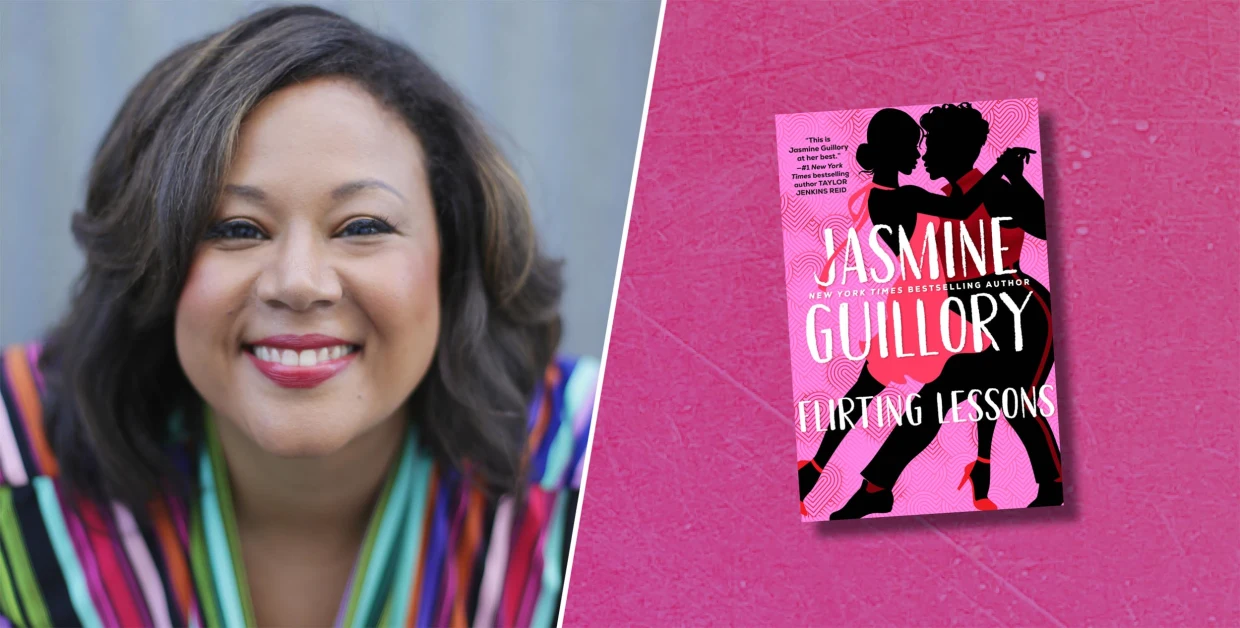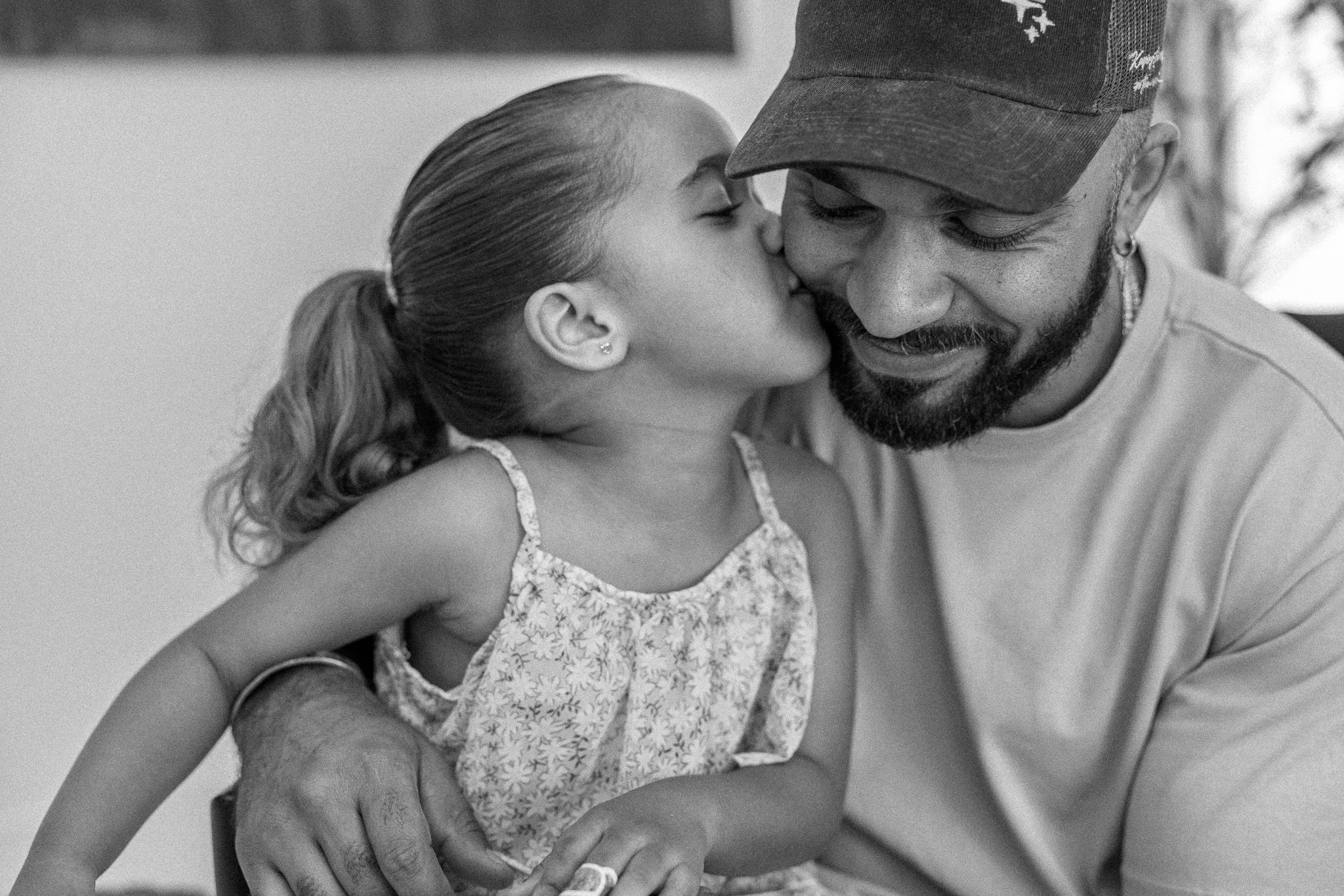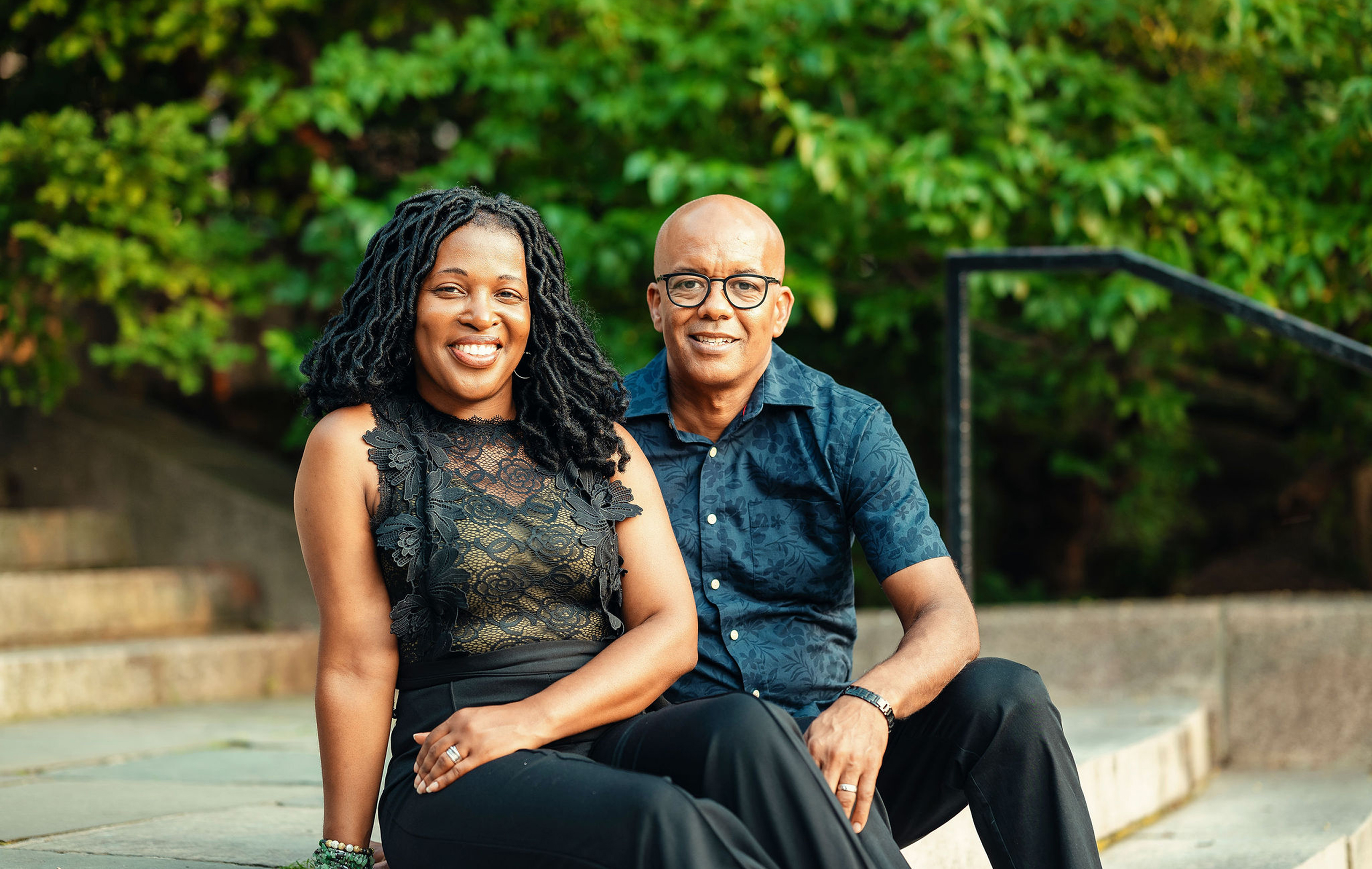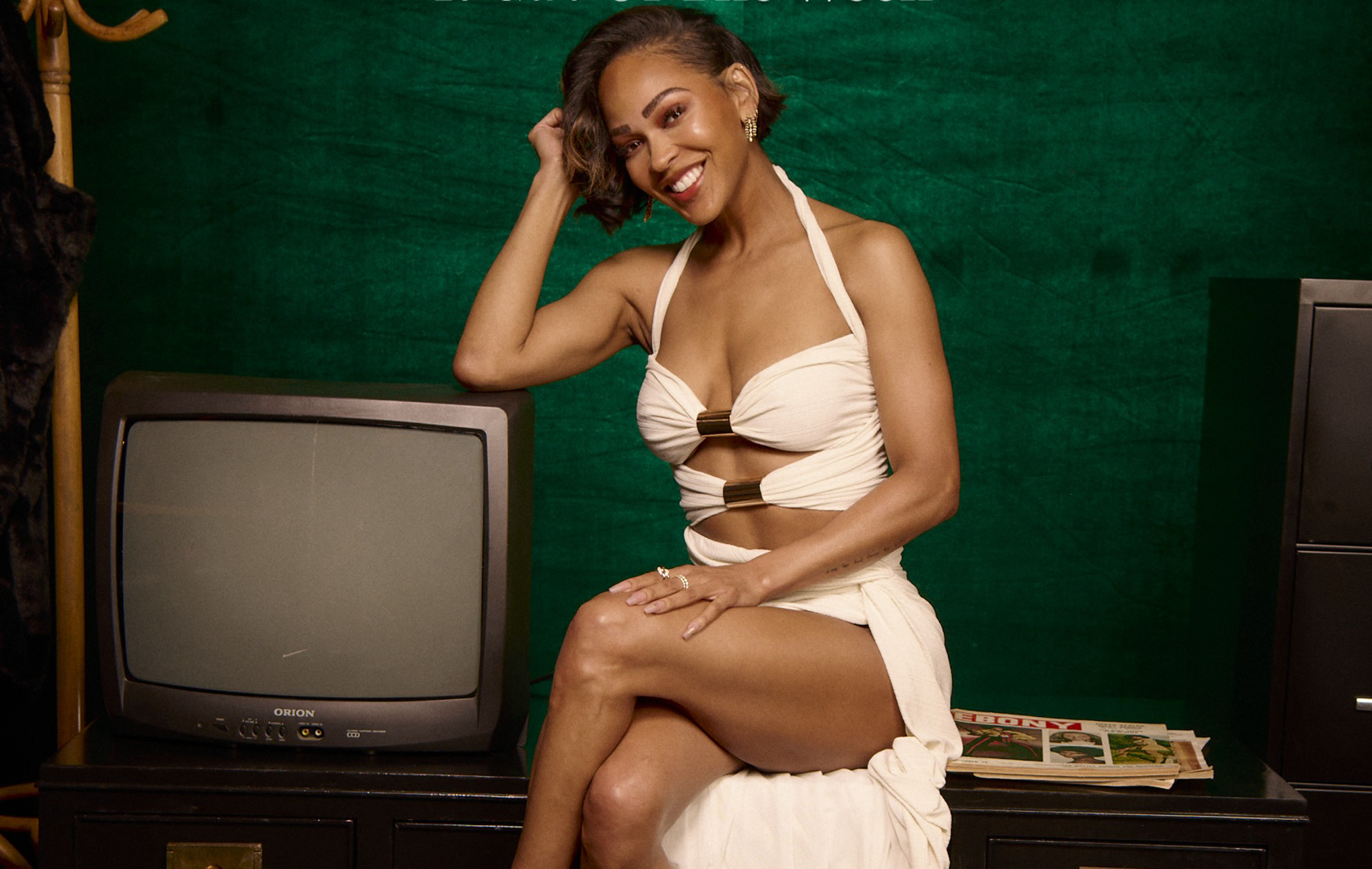
Love Is
Courtesy image
Have you ever noticed that fairy tales always end right after the wedding? But what happens when the celebration commences, the crowd goes home, and the couple realizes that it’s just them and an idea of how they are supposed to be?

Photography: Joshua Dwain
Have you ever noticed that fairy tales always end right after the wedding? We get caught up in this huge love story — the prince searches for days for the foot that fits the slipper or travels for weeks to be the kiss that wakes the princess. Then there’s this fabulous party with a fancy dress, fantastic gifts, and festive family and friends, plus the delicious dinner and lovely libations — all of it meant to celebrate the happy couple. But they never show what happens when the celebration commences, the crowd goes home, and the couple realizes that it’s just them and an idea of how they are supposed to be.
And, the thing that screws us up the most about marriage is the perception of how it’s supposed to be.
Although my husband and I dated for about two years prior to jumping the broom, we realized that marriage was a brand new beast. No more “I” or “my,” but now, “we” and “us.” Prior to our wedding day, we both lived our lives as individuals, doing things our own way, having our own ideologies and routines, and then — BOOM! The world shakes and we’re in a period of constant learning, accepting, and evolving.
BOOM! The world shakes and we’re in a period of constant learning, accepting, and evolving.
We had to learn how to compromise, that our individual way of doing things isn’t the only way they can be done, to put each other’s needs before our own, and to accept each other despite our annoying habits. And in trying to learn all of this while doing my best to juggle other aspects of my life — sometimes, I felt like a complete failure.
Going into marriage, I knew that there was no such thing as a fairytale existence. However, in retrospect, I envisioned my happily ever after to look something like the marriages that I saw displayed through my grandparents and my parents. I knew that their marriages weren’t perfect, but after spending my life observing them, I felt like I was knowledgeable enough to create my own sort of prix fixe menu — picking and choosing the characteristics of their bond that I wanted to keep and cultivate for myself when I too got married.
I grew up in a traditional Caribbean household in Brooklyn. My family was very close-knit and each day was structured and somewhat ritualistic. For instance, family dinner was an everyday 7:30 p.m. occasion, Saturday mornings were designated for household chores, and Sundays were for preparing meals in quantities large enough to be confused with a Thanksgiving feast.

Courtesy image
My husband, on the other hand, is a Southern gentleman from a small family and an upbringing completely opposite from my own. He did not witness many healthy marriage role models, nor did he have a very close-knit relationship with his extended family. For this reason, I had taken on the role of the self-proclaimed “marriage expert.” Whether consciously or subconsciously, I was creating rules in my mind around what a happy marriage was supposed to look like and what we needed to do to get there. This led to frustration, which, in turn, led to arguments. Surely this wasn’t the marital bliss that we anticipated.
Was this normal?
Eventually, I saw past the frustration and started reaching out to people in my life whose marriages I found admirable — close friends, family, and, of course, my parents and grandparents. I wanted to learn about what their first year of marriage looked like and how they interacted with one another back then. The funny thing was, almost every story I heard consisted of the same growing pains that we were experiencing — arguments about nothing, griping about how the other person does things and fussing about bad habits.
Suddenly, a light bulb went off. I realized that these were all important aspects of learning how to function as a cohesive unit, these were our growing pains.
When I shared with these “mentors” my attempt to recreate the marriages I saw in my parents and grandparents, they chuckled and explained that I was taking the back-end of the happy marriages that I witnessed growing-up and inadvertently skipped their foundational years, perhaps because I wasn’t around to witness them — whether because I was too young, not yet born, or because the growing pains of a mature, fully functional marriage often happened in private, behind closed doors.
Overall, I learned that year one is tough because that’s when you’re creating the foundation that your marriage will be built on. It’s when you learn each other, adapt to each other, and create a new norm that will be uniquely branded as your own.
Marriage is hard and, to some extent, I believe that it’s supposed to be. It’s a place of vulnerability, a place where you give every aspect of yourself with no restrictions. It’s comparable to the love that comes from God — a love filled with endless forgiveness despite shortcomings. Marriage is a daily commitment that says, no matter how difficult this thing gets, or how annoyed we may be, we make a decision daily to choose one another.
This is what real life happily ever after looks like.

Toni-Ann Craft and her husband
Additionally, I learned not to be fooled by the feeling of “happiness.” Happy is an emotion, and emotions are unstable and completely unreliable, they come and go and are triggered by innumerable things. Often we hear that marriages failed because the people involved were no longer happy.
But perhaps instead of asking, “Am I happy?” We should really be asking, “Am I able to love through this?” Why? Because contrary to popular belief, love is not a feeling. Love is a choice. Love is choosing to be at your best when the other person is at their worst. It’s putting someone else and their needs before yourself no matter how you feel. Marriage is not about how happy you feel in the moment or how hard you try to keep up with what society, the media, or anyone else says you should be doing. Marriage is a decision to love and a constant decision to die to one’s self.
Ok, I know “dying to one’s self” sounds extreme. But hear me out!
As a newlywed, people always come up to me and zealously ask, “How’s married life?” Lately, my response has been, “I’m learning that marriage is a constant decision to die to one’s self.” It’s a blunt statement, but also quite entertaining and hilarious to watch people’s stunned faces as they struggle with trying to figure out what to say next. I get a kick out of it!
But in actuality, it’s time for people to be open and honest about what happily ever after looks like in real life. Perhaps if more happily married couples shared their experiences openly and honestly with each other, more people would learn the value of sticking it out when marriage doesn’t feel like sunshine and unicorns or look like the ending of a Disney movie.
I acknowledge that choosing to love my spouse will cause me to say “no” to things I sometimes want so that I can say “yes” to what he needs, and this may not make me happy.
Happily ever after is not a destination. It’s an ever-moving target that we must work together towards selflessly. For me, it has been a daily decision to die to what I want, how I want things done, and learning to curb my Caribbean-meets-Brooklyn-girl attitude.
The benefit: For once in my life, I can love without limitations and put my husband’s needs and desires before my own, while in turn, trusting him enough to do the very same for me.
This is the story of our happily ever after, and it’s enough for me.
Related Articles
Discover why Jasmine Guillory’s latest novel Flirting Lessons is a must-read—and how the author continues to redefine modern romance with layered Black heroines, real emotional depth, and Black literature that feel both magical and true.
Bozoma Saint John talks Black motherhood, grief, self-love, and finding joy again. Don’t miss her powerful conversation on building legacy and living boldly.
Tyler Lepley shows the beauty of Black fatherhood, blended family life with Miracle Watts, & raising his three children in this Father Noir spotlight.
Featured Articles
When Elitia and Cullen Mattox found each other, they decided that they wanted their new relationship together, their union, to be healthier and different.
Celebrate their marriage and partnership with the release of the documentary “Time II: Unfinished Business”
Our intent is to share love so that people can see, like love really conquers everything. Topics like marriage and finance, Black relationships and parenting.
HEY CHI-TOWN, who’s hungry?! In honor of #BlackBusinessMonth, we teamed up with @eatokratheapp, a Black-owned app designed to connect you with some of the best #BlackOwnedRestaurants in YOUR city – and this week, we’re highlighting some of Chicago’s best!
The vision for our engagement shoot was to celebrate ourselves as a Young Power Couple with an upcoming wedding, celebrating our five year anniversary - glammed up and taking over New York.
Meagan Good and DeVon Franklin’s new relationships are a testament to healing, growth, and the belief that love can find you again when you least expect it.











